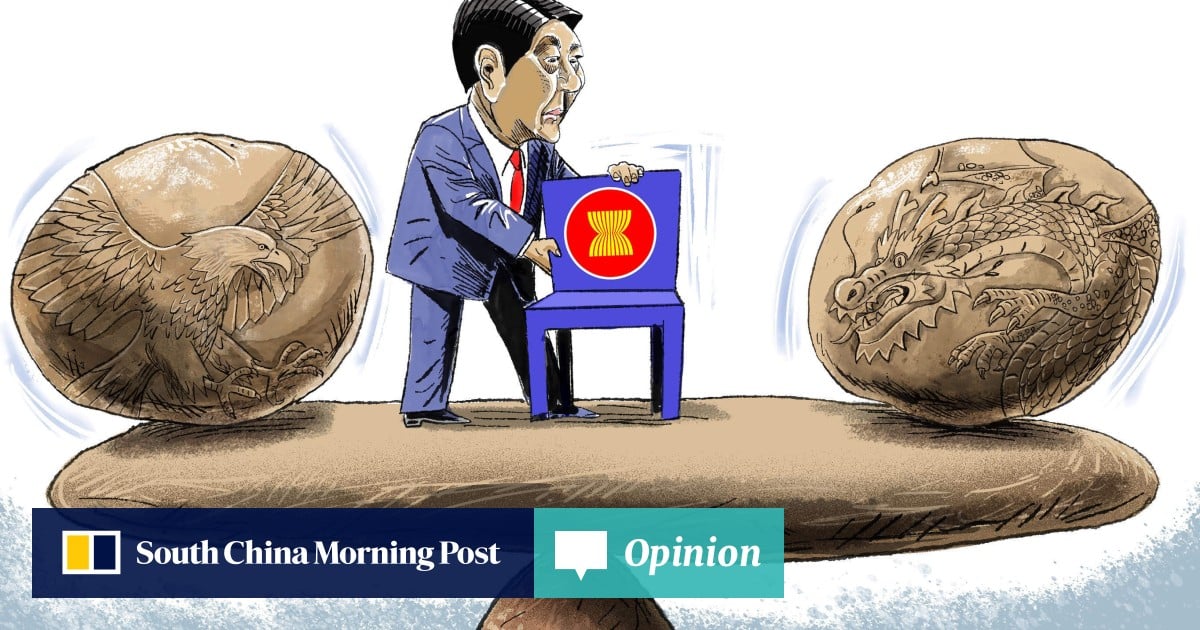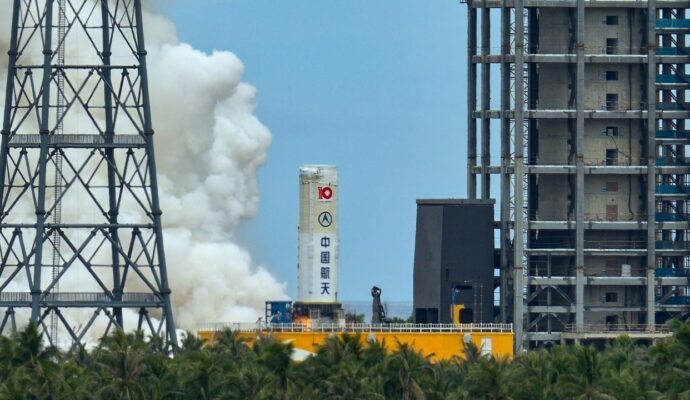
With the Philippines set to succeed Malaysia next year as chair of Asean, the Association of Southeast Asian Nations faces challenges both within and beyond the region. It must remain united and continue to resist taking sides in the great power rivalry.
Advertisement
The 47th Asean summit in Kuala Lumpur was a fitting finale to an exceptional year as the bloc’s profile continued to rise. Adding to this was the admission of East Timor – an important milestone that completes the Asean family and underscores its enduring commitment to inclusiveness.
Despite this, Asean faces severe internal tests. The Myanmar crisis remains unresolved, straining the bloc’s unity and credibility. In Indonesia, protests that erupted in August are revealing deep socioeconomic divides – fault lines that run not only through the country but across the region. And Thailand and Cambodia only recently agreed to a truce after border tensions flared into open conflict in July, sending shock waves across Southeast Asia.
It was this last conflict that drew US President Donald Trump, the self-styled “peacemaker-in-chief”, to visit Malaysia. After landing in Kuala Lumpur, he attended the ceremony for the Thailand-Cambodia peace accord. While he commended Malaysian Prime Minister Anwar Ibrahim for facilitating the agreement, Trump was also quick to claim personal credit.
The centrepiece of Trump’s Asia trip, however, was his highly anticipated meeting with Chinese President Xi Jinping in Busan, South Korea, on the sidelines of the Asia-Pacific Economic Cooperation (Apec) summit. The two leaders agreed to a truce amid increasingly tense US-China trade relations. Among other points, China pledged to buy US soybeans and suspend its export restrictions on rare earth minerals.
Advertisement
In Kuala Lumpur, Trump also struck deals with Thailand, Cambodia and Malaysia. Notably, Malaysia agreed to grant US companies greater access to its rare earth resources in exchange for expanded access to American markets.


